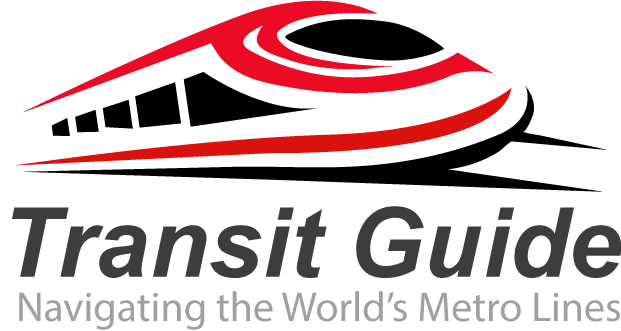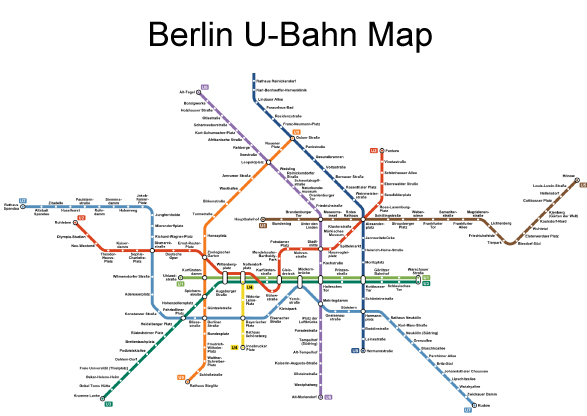The Berlin U-Bahn is one of Europe’s most extensive and efficient underground metro systems, serving millions of passengers annually across Germany’s vibrant capital city. This comprehensive rapid transit network has become an integral part of Berlin’s urban infrastructure, connecting major districts, tourist attractions, and business centers throughout the metropolis.
History and Development of Berlin’s Underground Network
The Berlin U-Bahn system began operations in 1902, making it one of the world’s oldest subway systems. Originally called “Hochbahn” (elevated railway), the network has evolved significantly over more than a century. The system survived both World Wars and the Cold War division of Berlin, during which certain lines were disrupted by the Berlin Wall. Following German reunification in 1990, the entire network was reconnected and modernized, creating the unified system travelers experience today.
Network Overview and Coverage
The Berlin U-Bahn currently operates 10 lines (U1 through U9, plus U55) covering approximately 146 kilometers of track with 173 stations. The network serves both East and West Berlin, connecting major areas including Mitte, Kreuzberg, Charlottenburg, Friedrichshain, and Prenzlauer Berg. Each line is color-coded and numbered, making navigation straightforward for both residents and tourists.
The U-Bahn operates alongside Berlin’s S-Bahn (suburban railway), buses, and trams as part of the integrated BVG (Berliner Verkehrsbetriebe) public transportation system. This integration allows seamless transfers between different transport modes using a single ticket.
Key Features and Services
Modern Berlin U-Bahn trains are fully automated and run frequently, typically every 2-5 minutes during peak hours and every 10 minutes during off-peak times. The system operates approximately 20 hours daily, with limited night service on weekends. Most stations feature platform screen doors, elevator access, and digital information displays showing real-time arrival information.
The U-Bahn network connects directly to major Berlin attractions including Brandenburg Gate (via S-Bahn connections), Museum Island, Alexanderplatz, and Potsdamer Platz. This accessibility makes the metro system essential for tourists exploring Berlin’s rich history and culture.
Ticketing and Fare System
Berlin’s public transport operates on an honor system with three fare zones: A (city center), B (outer Berlin), and C (including airports and surrounding areas). Tickets must be validated before travel and are subject to random inspections. Various ticket options include single rides, day passes, and weekly passes, with discounts available for students, seniors, and groups.
Planning Your Journey
The BVG mobile app and website provide real-time journey planning, service updates, and digital ticketing options. Interactive network maps are available at all stations, and announcements are made in both German and English on most lines.
Conclusion
The Berlin U-Bahn represents one of the world’s most reliable and comprehensive metro systems, essential for navigating Germany’s capital efficiently. Whether you’re a daily commuter or first-time visitor, understanding this underground network will enhance your Berlin experience and provide convenient access to the city’s countless attractions and neighborhoods.

